Home>Garden Essentials>When To Plant Butterfly Bush Seeds
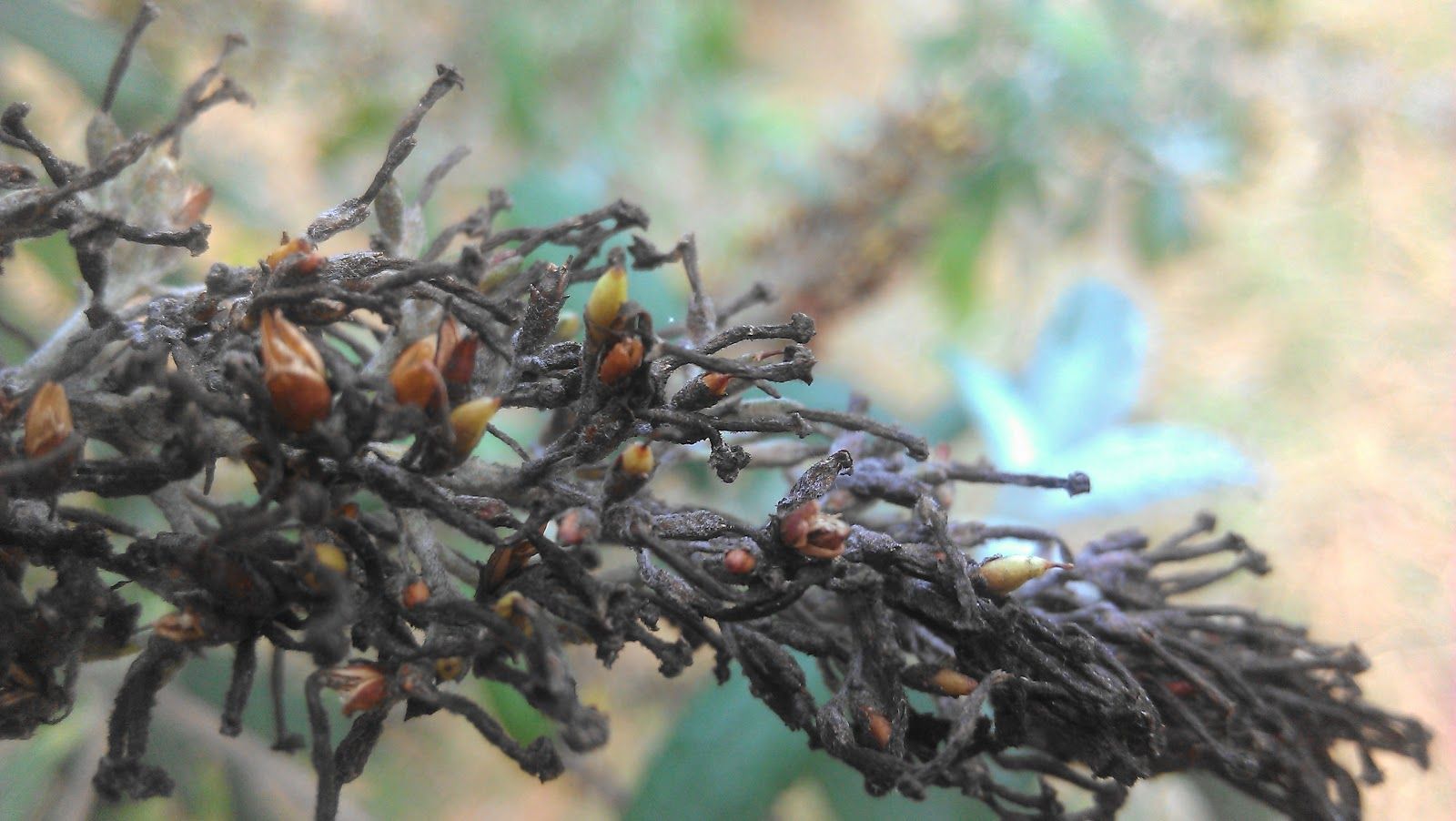

Garden Essentials
When To Plant Butterfly Bush Seeds
Modified: March 15, 2024
Learn the best time to plant butterfly bush seeds in your garden and create a beautiful butterfly habitat. Essential tips for successful gardening.
(Many of the links in this article redirect to a specific reviewed product. Your purchase of these products through affiliate links helps to generate commission for Storables.com, at no extra cost. Learn more)
Introduction
Welcome to the world of gardening enthusiasts! If you’re looking to add a splash of vibrant color and attract beautiful butterflies to your garden, planting butterfly bush seeds is a fantastic option. These magnificent flowering shrubs, scientifically known as Buddleja davidii, not only add aesthetic appeal to any landscape but also provide a valuable source of nectar for butterflies and other pollinators.
In this article, we’ll guide you through the process of planting butterfly bush seeds, ensuring that you have all the necessary information to create a thriving butterfly haven in your own backyard.
Before we dive into the specifics, let’s take a moment to understand what butterfly bush seeds are and why they are so popular among gardening enthusiasts. Butterfly bush seeds are the small pods that contain the potential to grow into magnificent flowering shrubs. Available in various colors such as purple, pink, white, and even yellow, the blossoms of butterfly bushes create a stunning display of color in any outdoor space.
Besides their visual appeal, butterfly bushes are known for attracting butterflies, hummingbirds, and bees. These plants produce an abundance of nectar-rich flowers, which act as a magnet for these beautiful winged creatures. Not only will you be able to enjoy the beauty of these creatures up close, but you will also be supporting pollinators and the overall ecosystem in your area.
Now that we have a basic understanding of butterfly bush seeds and their significance, let’s explore the factors to consider before diving into the planting process.
Key Takeaways:
- Plant butterfly bush seeds in late winter or early spring for vibrant blooms and butterfly attraction. Consider climate, soil, and space for optimal growth.
- Care for butterfly bush seeds by watering, providing sunlight, and pruning. Avoid common mistakes like overwatering and neglecting pruning for healthy, vibrant plants.
Read more: When To Plant Butterfly Pea Seeds
Understanding Butterfly Bush Seeds
Before you jump into planting butterfly bush seeds, it’s crucial to understand what you’re working with. Butterfly bush seeds, also called Buddleja seeds, are the means by which these beautiful shrubs reproduce. These seeds are contained within small pods found on the spent flowers of mature butterfly bushes.
The seeds themselves are tiny, light brown or black in color, and have a papery texture. When planting butterfly bush seeds, it’s essential to handle them gently and store them properly to ensure their viability.
One of the advantages of growing butterfly bushes from seeds is the variety of cultivars available. There are cultivars with different flower colors, sizes, and growth habits to suit your specific tastes and garden requirements. However, keep in mind that not all butterfly bushes come true from seed, which means the offspring may not resemble their parent plant. If you’re looking for a specific color or trait, it may be best to purchase young plants or seek out specific cultivars.
Additionally, it’s worth noting that some regions classify butterfly bushes as invasive plants due to their potential to spread rapidly and overtake native vegetation. Before planting butterfly bush seeds, especially if you live in an area with strict regulations or concerns about invasiveness, it’s important to research and understand the local restrictions and potential impact on the ecosystem.
Now that we have a better understanding of butterfly bush seeds, let’s explore the factors to consider before diving into the planting process.
Factors to Consider
Before you start planting butterfly bush seeds, there are several important factors to consider to ensure the success of your garden. These factors will not only help your butterfly bushes thrive but also create an optimal environment for the butterflies and other pollinators to enjoy.
1. Climate: Butterfly bushes are known to thrive in temperate climates. They prefer full sun exposure, so it’s important to consider the climate of your region before planting. While butterfly bushes can tolerate some cold temperatures, it’s best to choose a planting time and location that maximizes their exposure to sunlight and protects them from harsh winter conditions.
2. Soil Type and Drainage: Butterfly bushes prefer well-draining soil. Before planting, assess the soil in your garden area. Sandy soil or loamy soil that retains some moisture without becoming waterlogged is ideal for these plants. If the soil is heavy clay or has poor drainage, consider amending it with organic matter such as compost or sand to improve its drainage capabilities.
3. Space Requirements: Butterfly bushes can grow quite large, reaching heights of 6 to 8 feet and widths of 4 to 6 feet. Consider the available space in your garden and ensure that there is enough room for the mature size of the plants. Proper spacing will allow for proper air circulation and prevent overcrowding, which can lead to disease issues.
4. Pests and Diseases: While butterfly bushes are relatively low-maintenance, they may be susceptible to certain pests and diseases. Common pests include aphids, spider mites, and caterpillars. Diseases such as powdery mildew can also affect their health. Consider planting disease-resistant cultivars, practicing good garden hygiene, and monitoring your plants regularly for any signs of pest or disease infestation.
5. Companion Plants: Butterfly bushes can be complemented by other plants that provide additional sources of nectar and shelter for butterflies and pollinators. Consider planting flowering perennials such as coneflowers, milkweed, and bee balm alongside your butterfly bushes to create a diverse and welcoming habitat for these creatures.
By taking these factors into consideration, you can ensure that your planting endeavors are well-prepared and set up for success. Now let’s explore the best time to plant your butterfly bush seeds.
Best Time to Plant Butterfly Bush Seeds
The timing of when you plant your butterfly bush seeds plays a crucial role in their growth and development. Understanding the ideal planting time will help ensure that your seeds have the best chance of germinating and establishing healthy plants.
The best time to plant butterfly bush seeds is in late winter or early spring. This timing allows the seeds to experience a cold stratification period, which is essential for breaking dormancy and triggering germination. In nature, this cold stratification occurs naturally during the winter months. However, when planting indoors, you can simulate this process by refrigerating the seeds for 4-6 weeks prior to sowing.
By starting the seeds indoors, you give them a head start and protect them from potentially adverse weather conditions. Fill seed trays or pots with a well-draining seed starting mix and sow the seeds at a shallow depth, about 1/8 inch deep. Mist the soil gently to ensure it is evenly moist, and maintain a warm temperature of around 70-75°F (21-24°C) to encourage germination.
After the seeds have germinated and the seedlings have developed a few true leaves, they can be transplanted into individual pots or containers. Continue to provide them with adequate sunlight, water, and care until the time is right for outdoor planting.
When it comes to outdoor planting, choose a time when the danger of frost has passed in your area. In most regions, this falls around late spring or early summer. Aim for a time when the soil has warmed up and the risk of extreme temperature fluctuations has decreased.
Prepare the planting area by clearing away any weeds and improving the soil quality if needed. Dig a hole slightly larger than the root ball of the seedling and gently place it in the hole. Backfill the hole with soil, firming it gently around the base of the plant. Water thoroughly to settle the soil and provide adequate moisture.
By adhering to these timing guidelines, you can give your butterfly bush seeds the best chance to thrive and establish healthy plants. In the next section, we’ll guide you through the steps of planting butterfly bush seeds to ensure that you do so with confidence.
Plant butterfly bush seeds in the spring after the last frost date for your area. This will give the seeds the best chance to establish and grow before the colder months.
Steps to Plant Butterfly Bush Seeds
Planting butterfly bush seeds is a straightforward process that can be done successfully by following a few simple steps. By ensuring proper preparation and care, you can give your seeds the best chance to germinate and grow into beautiful butterfly-attracting shrubs. Let’s walk through the steps together:
1. Gather Your Supplies: Collect all the necessary supplies before you start. This includes butterfly bush seeds, seed starting trays or pots, a well-draining seed starting mix, a misting bottle, and a warm, well-lit area for seed germination.
2. Cold Stratification (Optional): If you are starting your seeds indoors, you may want to simulate the cold stratification process. Place the seeds in a labeled plastic bag with a damp paper towel, and refrigerate them for 4-6 weeks. This will help break dormancy and improve germination rates.
3. Sow the Seeds: Fill your seed trays or pots with a well-draining seed starting mix. Gently press the seeds into the surface of the soil, about 1/8 inch deep. Spritz the surface with water using a misting bottle to ensure the soil is moist but not saturated.
4. Provide Optimal Conditions: Place the seed trays or pots in a warm location with plenty of indirect sunlight or under artificial grow lights. Maintain a temperature around 70-75°F (21-24°C) to encourage germination. Ensure the soil remains consistently moist but not waterlogged.
5. Transplant Seedlings: Once the seedlings have developed a few true leaves, usually after 4-6 weeks, they can be transplanted into individual pots or containers. Use a well-draining potting mix and gently lift the seedlings from the tray, taking care not to damage their delicate roots.
6. Outdoor Planting: Choose a suitable planting location in your garden with full sun exposure and well-draining soil. Wait until all danger of frost has passed, typically in late spring or early summer. Dig a hole slightly larger than the root ball of the seedling, place it in the hole, and backfill with soil. Water thoroughly to settle the soil.
7. Provide Care and Maintenance: Keep an eye on your newly planted butterfly bush seedlings and provide them with proper care and maintenance. Water them regularly, especially during dry spells, to ensure they receive adequate moisture. Apply a layer of mulch around the base of the plants to help conserve moisture and suppress weeds.
By following these simple steps, you’ll be well on your way to growing magnificent butterfly bushes from seeds. In the next section, we’ll discuss essential tips for caring for your butterfly bush seeds to ensure their healthy growth and development.
Read more: When To Plant Butterfly Weed Seeds
Caring for Butterfly Bush Seeds
Once you have planted your butterfly bush seeds, it’s essential to provide them with proper care to ensure their healthy growth and development. By following these guidelines, you’ll create an optimal environment for your butterfly bush seeds to thrive:
1. Watering: Water your butterfly bush seeds regularly, aiming to keep the soil consistently moist but not waterlogged. Avoid letting the soil dry out completely between waterings, as this can stress the plants. Monitor the moisture level by inserting your finger into the soil about an inch deep and watering when it feels dry.
2. Sunlight: Butterfly bushes thrive in full sun, so make sure they receive at least 6-8 hours of direct sunlight each day. Lack of sufficient sunlight can result in leggy growth and fewer flowers. If you’re growing butterfly bushes in containers, ensure they are placed in a location that receives adequate sunlight.
3. Soil Fertilization: While butterfly bushes can grow well in average soil, you can enhance their growth by incorporating compost or organic fertilizer into the soil before planting. Avoid using excessive amounts of nitrogen-rich fertilizers, as this can promote vegetative growth at the expense of flower production.
4. Pruning: Pruning is an essential aspect of caring for butterfly bushes. This should be done in late winter or early spring before new growth emerges. Trim back any dead or damaged branches and prune the remaining branches to maintain a desired shape and size. Regular pruning also helps promote air circulation and prevents overcrowding.
5. Mulching: Apply a layer of organic mulch, such as wood chips or compost, around the base of the plants. Mulching helps retain soil moisture, regulates soil temperature, and suppresses weed growth. Keep the mulch a few inches away from the stems to prevent potential rotting.
6. Pest and Disease Control: Monitor your butterfly bush plants regularly for any signs of pests or diseases. Common pests that may affect butterfly bushes include aphids, spider mites, and caterpillars. Treat any infestations promptly with insecticidal soap or organic methods. Proper air circulation, regular pruning, and avoiding overhead watering can help prevent diseases like powdery mildew.
7. Deadheading: To encourage continuous blooming, regularly remove spent flowers by deadheading. This will redirect the plant’s energy towards producing new blooms. Simply trim off the faded flowers just above a set of healthy leaves or buds.
By providing consistent care and attention to your butterfly bush seeds, you’ll create an environment that promotes their growth and attracts a plethora of butterflies and pollinators to your garden. In the next section, we’ll explore some common mistakes to avoid when planting and caring for butterfly bush seeds.
Common Mistakes to Avoid
When planting and caring for butterfly bush seeds, it’s important to be aware of common mistakes that can hinder their growth and overall health. By avoiding these mistakes, you’ll increase the chances of success in your gardening endeavors. Let’s take a look at some common mistakes to steer clear of:
1. Planting in Unsuitable Conditions: One of the biggest mistakes is planting butterfly bush seeds in unsuitable conditions. Ensure that you have chosen a location with proper sunlight, well-draining soil, and adequate space for the mature size of the plants. Planting in overly shady areas or poor soil quality can lead to stunted growth and decreased flower production.
2. Overwatering or Underwatering: Finding the right balance when watering your butterfly bushes is crucial. Overwatering can lead to root rot and other fungal diseases, while underwatering can result in stressed and wilting plants. Monitor soil moisture levels and water as needed, keeping in mind the plant’s preference for moist but not saturated soil.
3. Lack of Pruning: Neglecting to prune your butterfly bushes can lead to overgrowth and a bushy appearance. Regular pruning helps maintain the shape, encourages new growth, and prevents the plants from becoming unruly. Be sure to prune in late winter or early spring before new growth starts.
4. Ignoring Pest and Disease Issues: Pests and diseases can negatively impact the health and appearance of your butterfly bush plants. Ignoring signs of infestation or disease can result in further damage. Keep a close eye on your plants, regularly inspecting for pests and addressing any issues promptly with appropriate treatment methods.
5. Planting Invasive Butterfly Bush Varieties: It’s important to choose non-invasive butterfly bush varieties to prevent them from spreading into natural habitats and causing ecological damage. Research and select cultivars that are known to be non-invasive in your region, or consider other native plants that attract butterflies and pollinators.
6. Neglecting Soil Preparation: Proper soil preparation is essential for the healthy growth of your butterfly bushes. Failing to amend compacted or poorly draining soil can lead to root rot and compromised plant health. Prior to planting, ensure the soil is well-draining and enriched with organic matter.
7. Not Deadheading Spent Flowers: Neglecting to deadhead spent flowers can result in decreased flowering and seed production. Regularly remove faded blooms to encourage continuous blooming and redirect the plant’s energy towards new growth.
By avoiding these common mistakes, you’ll create a conducive environment for your butterfly bush seeds to thrive. With proper care and attention, you’ll soon enjoy a garden filled with vibrant blooms and fluttering butterflies. In the concluding section, we’ll summarize the key points discussed in this article.
Conclusion
Congratulations! You now have a comprehensive understanding of planting and caring for butterfly bush seeds. By following the steps and tips outlined in this article, you can create a vibrant and butterfly-friendly garden that will bring joy and beauty to your outdoor space.
Remember, butterfly bush seeds are the starting point for these magnificent flowering shrubs. Understanding the factors to consider, such as climate, soil type, and space requirements, will ensure that your plants have an optimal environment to thrive.
The best time to plant butterfly bush seeds is in late winter or early spring, allowing for a period of cold stratification to improve germination rates. Starting the seeds indoors and transplanting them later will give you a head start in the gardening process.
Proper care, including regular watering, sufficient sunlight, and pruning, is essential for the healthy growth and development of butterfly bushes. Avoid common mistakes such as overwatering, neglecting pruning, and ignoring pest and disease issues to maintain the health and beauty of your plants.
By planting non-invasive varieties of butterfly bushes and deadheading spent flowers, you can ensure a sustainable and abundant garden that attracts butterflies, hummingbirds, and other pollinators.
As you embark on your butterfly bush planting journey, remember to enjoy the process. Gardening is a delightful and rewarding hobby, and the sight of colorful blooms and fluttering butterflies will bring joy to your heart.
So go ahead and plant those butterfly bush seeds, create a haven for butterflies, and let your garden come to life with vibrant colors and delicate winged visitors!
Frequently Asked Questions about When To Plant Butterfly Bush Seeds
Was this page helpful?
At Storables.com, we guarantee accurate and reliable information. Our content, validated by Expert Board Contributors, is crafted following stringent Editorial Policies. We're committed to providing you with well-researched, expert-backed insights for all your informational needs.
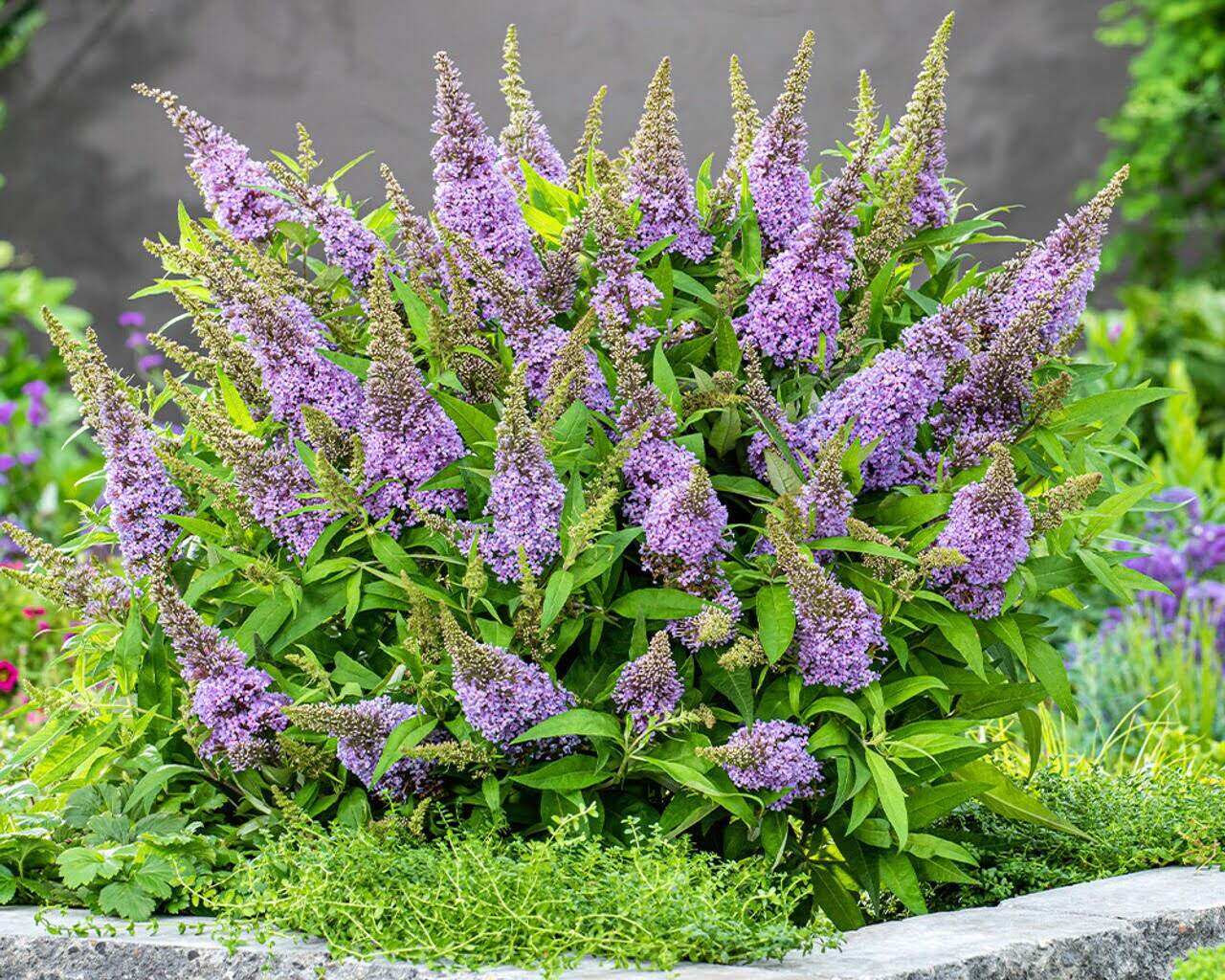
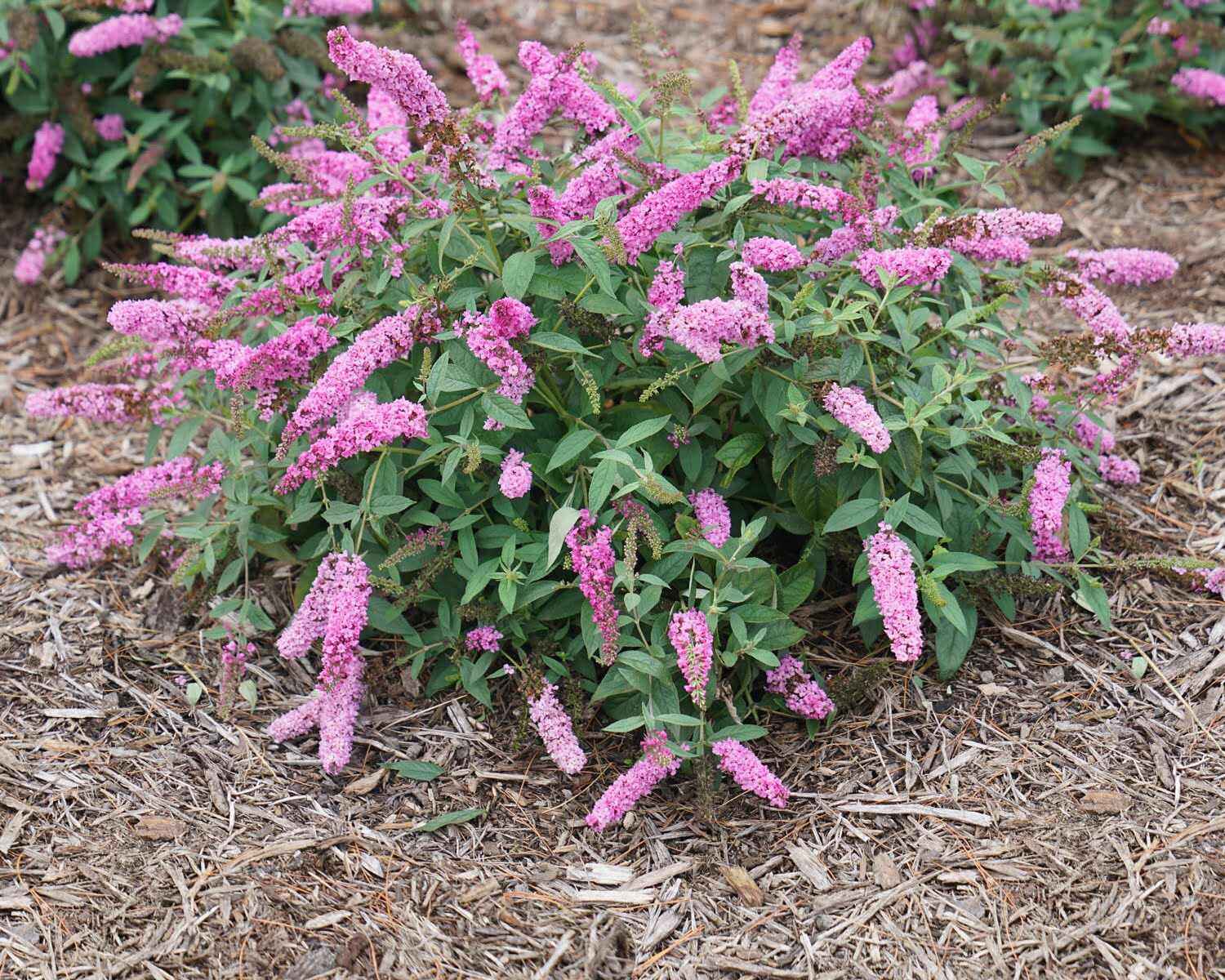
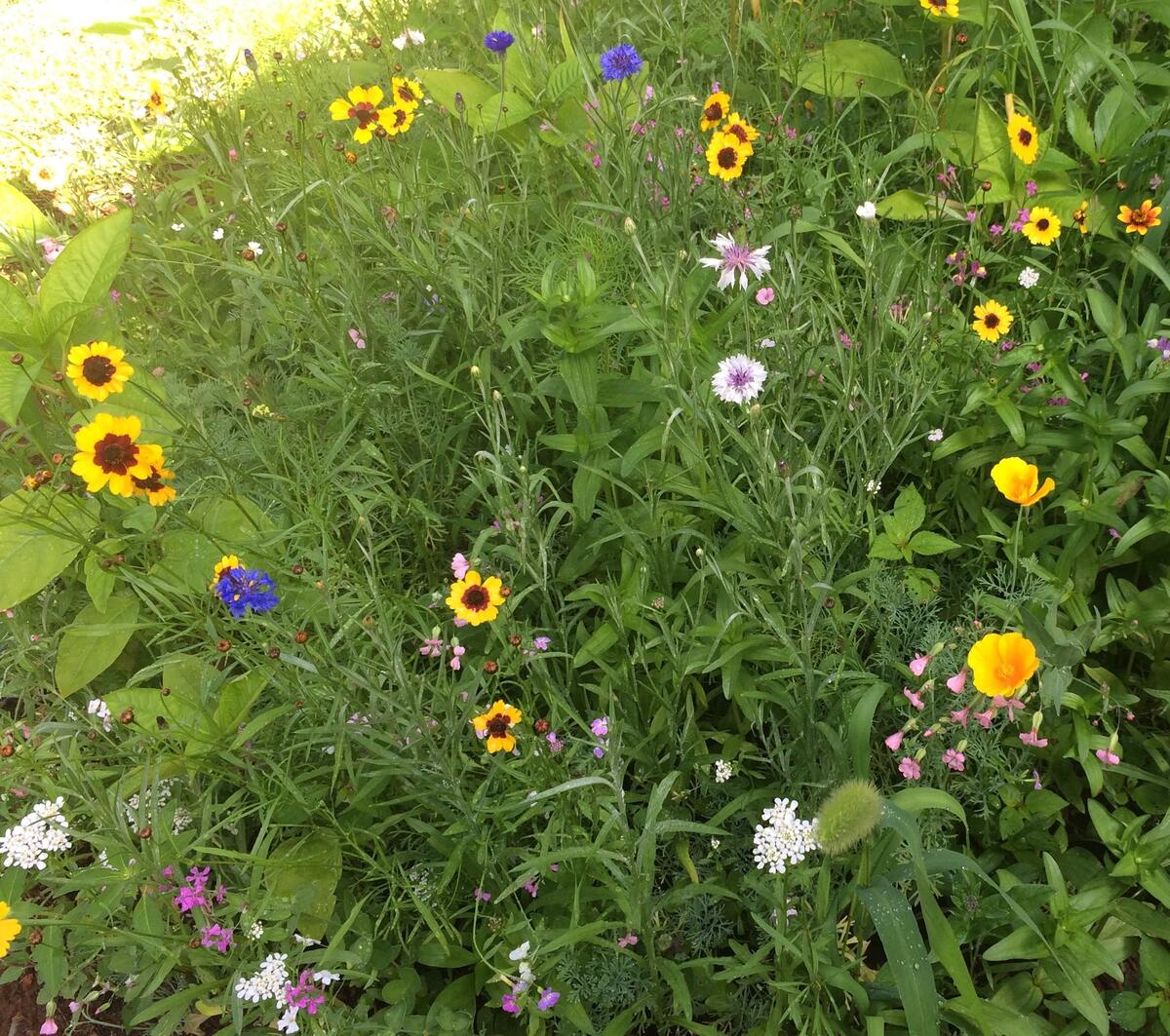
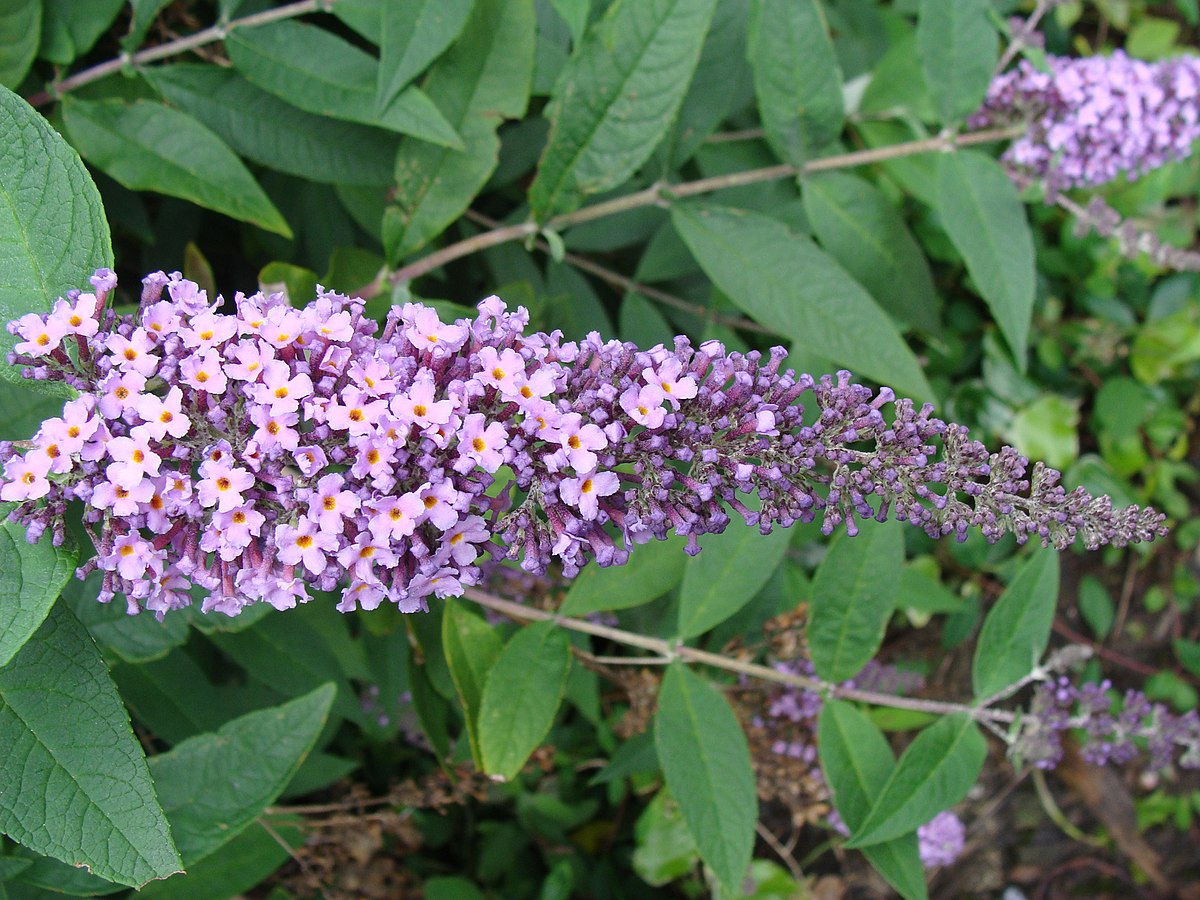











0 thoughts on “When To Plant Butterfly Bush Seeds”